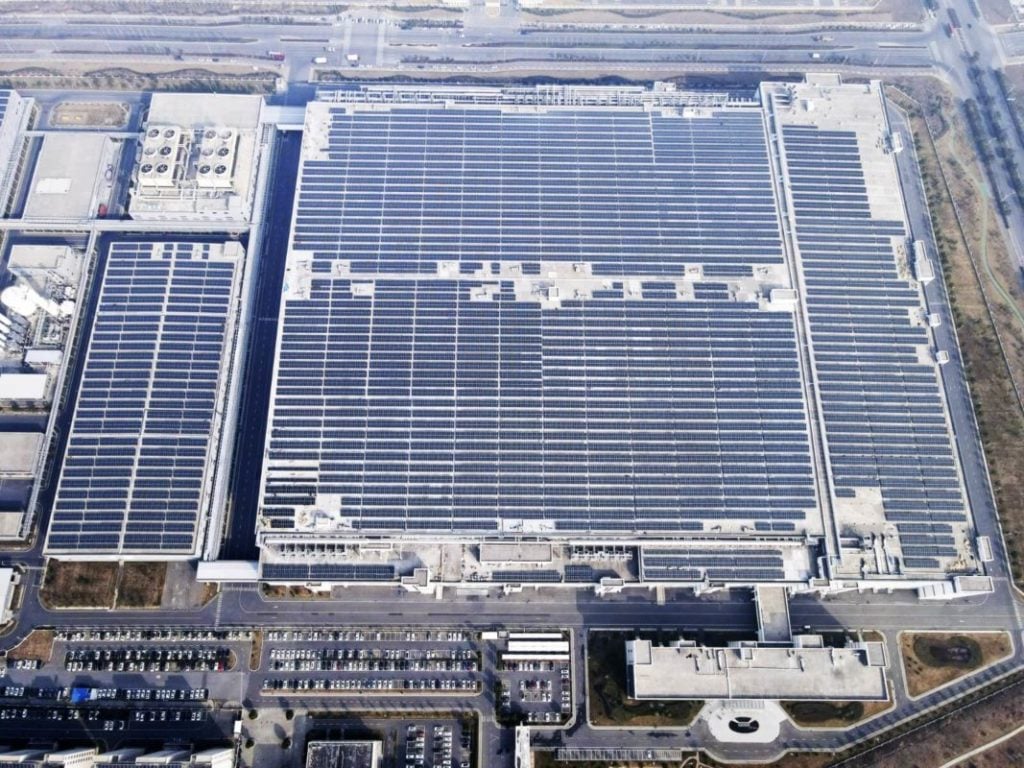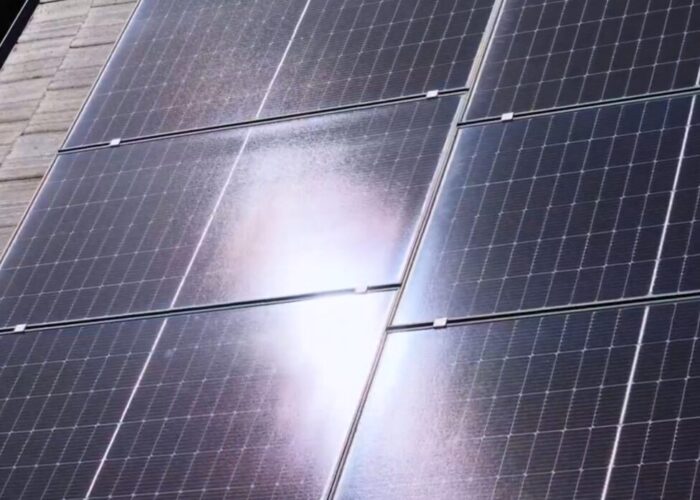
China is building two-thirds of the world’s new solar and wind projects, with 180GW of utility-scale solar capacity under construction, according to a recent Global Energy Monitor study.
Currently, the combined capacity of 339GW of utility-scale solar and wind projects under construction in China is nearly twice as much as the rest of the world combined. The report shows that the US’ combined capacity of utility-scale solar and wind capacity under construction was just 40GW as of December 2023, followed by Brazil (13GW), the UK (10GW) and Spain (9GW).
Unlock unlimited access for 12 whole months of distinctive global analysis
Photovoltaics International is now included.
- Regular insight and analysis of the industry’s biggest developments
- In-depth interviews with the industry’s leading figures
- Unlimited digital access to the PV Tech Power journal catalogue
- Unlimited digital access to the Photovoltaics International journal catalogue
- Access to more than 1,000 technical papers
- Discounts on Solar Media’s portfolio of events, in-person and virtual
Moreover, one-third of planned utility-scale solar and wind proejcts in China are under construction, higher than the global average of 7%.
According to the report, China also added almost twice as much utility-scale solar and wind power capacity in 2023 than in any other year. As of the first quarter of 2024, China’s total utility-scale solar and wind capacity reached 758GW, although data from the China Electricity Council showed that the total capacity, including distributed solar, reached 1,120GW. Wind and solar now account for 37% of the total power generation capacity in the country.
The rise of distributed solar
The report says that between March 2023 and March 2024 China installed more solar capacity than it had in the previous three years combined, and more than the rest of the world combined for 2023. Nearly half of the distributed solar added in 2023 was installed on residential rooftops, largely driven by China’s whole county solar model, announced in 2021.
As a result, distributed solar accounts for 41% of the total solar capacity and has experienced a higher growth rate than large-scale solar since 2021.
Geographically, distributed solar is prevalent in central and southern provinces. Shandong topped the list by boasting 40,988MW of distributed solar projects in 2023, followed by Henan (30,940MW), Jiangsu (30,940MW), Zhejiang (26,896MW) and Hebei (23,026MW).
Utility scale solar PV projects were more prevalent in western and northern provinces or regions, lead by Xinjiang (38.020MW) and Qinghai (27,708MW). Shanxi, Inner Mongolia and Ningxia boast a capacity of 25,189MW, 23,485MW and 21,302MW respectively.
Previously, PV Tech reported that China added 45.74GW of solar capacity in Q1 2024, up from 33.66GW in the same quarter last year.
Data from the energy administration showed that the newly installed PV capacity in the first two months reached 36.72GW. Therefore, China added about 9.02GW of solar capacity in March. From January to March, China installed 69.4GW of power generation capacity. Of the additions, solar and wind accounted for 65.9% and 22.3% respectively.
However, the Chinese solar market is facing headwinds in 2024, as major Chinese solar manufacturers report losses in H1 2024 due to increased competition and the Chinese government’s plan to raise the minimum capital ratio for solar PV manufacturing projects to 30%.







